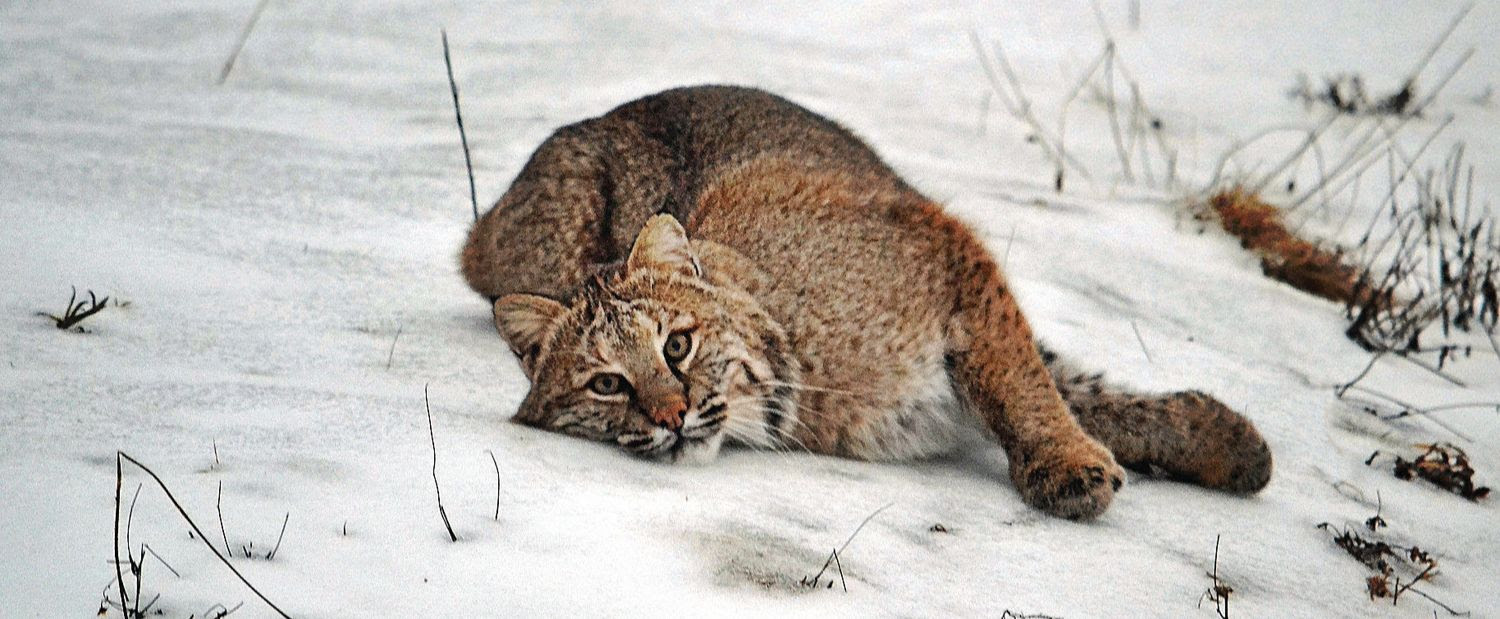
Line dancing between Vermont and Quebec
For the communities of Stanstead, Quebec and Derby Line on the Canada-US border, the presence of US Border Control is present in all aspects of life. A recent article examining the effects of increased security in the region following the attacks of 9/11 explains the current dynamic through the shared love of line dancing in these communities. The author writes, “I would argue that while the project of increasing security at the border has undoubtedly increased the gulf between the two sides of the line, the border has always been central to existence, to the ways of being in the world of those who live in proximity to it.”
Environmental justice in Vermont
Vermont is one of eight states in the United States without an environmental justice policy. A recent report based on 569 surveys collected throughout the summer of 2019 finds that non-white residents and low income residents were more likely than others to face a variety of disparities. Specifically, non-white residents and residents with an annual income below $25,75 had significant difficulties paying for utilities and fresh food, were less likely to have a primary care doctor, were more likely to experience health problems, and were more likely to use public transportation and face environmental risks.
Why Vermonters own guns
Relative to other states, Vermont gun owners keep guns for recreational purposes rather than purposes of self-defense, according to a recent study that looks at gun ownership trends between 1998 and 2016. Additionally, Vermont has low second amendment activism in relation to other states. Still, Vermont’s data is consistent with the rest of the country in the trend of gun ownership increasingly being oriented toward self-defense.

Bobcats don’t like human noise
When human activity increases in protected wildlife areas, bobcats have been known to become more active at night. Even recordings of human conversation were found to decrease the diurnal activity of bobcats by 31% (Suraci et al., 2019). This is substantiated by a recent study aiming to better understand the impacts of low levels of human activity on bobcats in New England. The findings suggest closing off lands to recreation could better protect wildlife, since human activity in protected areas causes animals to divert attention from foraging, mating or raising young to avoid contact with humans. Recreation in protected areas generally detracts from the goal of preserving areas where wildlife can thrive.

Migrant Justice and Collective Agency
Since 2009, the non-governmental organization, Migrant Justice, has worked to facilitate resources for Latinx farmworkers in Vermont. A recent article explores why and how collective agency was formed outside the state power to facilitate resources for Latinx farmworkers on dairy farms. The article discusses the ways in which collective identity and structural characteristics of the dairy industry in Vermont have influenced the formation and evolution of collective efforts and actions to address Latinx farmworkers’ needs and challenges.
History of phosphorous levels
Phosphorus levels in Lake Champlain haven’t always been a cause for concern, according to an article examining historical land-use changes and phosphorus levels in the lake. During the pre-settlement period (before 1770 C.E.) concentrations of all phosphorous species were low and stable. These levels slowly increased with the increase in human activity but were unaffected by deforestation and the development of small, family-scale farms in the 19th century. It wasn’t until the early 20th-century when marginal farms were abandoned causing afforestation of the watershed that accumulation rates increased.
Pharmaceuticals in the watershed
Pharmaceuticals most used in anesthesiology at The University of Vermont Medical Center are making their way into the wastewater stream and hurting wildlife, according to a recent article. The research finds that the amount of damage caused by these pharmaceutical excretions varies depending on the medication, the species, and the amount, citing the need for further research into the impacts of chronic low dose exposures to these medications on wildlife.
Watch our video with Christine Vatovec where she discusses pharmaceuticals in Lake Champlain
Snowmobilers are concerned about climate change
Vermont’s local snowmobiling markets are more vulnerable than non-local snowmobiling markets to future climate change scenarios, according to a recent study.The study finds that local snowmobilers are more sensitive than non-local snowmobilers to the declining snowmobiling conditions in Vermont due to climate change. Additionally, non-local snowmobilers have higher desirability for the diversity of trail features than local snowmobilers, but local snowmobilers are also more likely than non-local snowmobilers to notice the decreasing extent of snowmobile trails throughout Vermont.

Vermont copper mine oxidization
A metagenomic study of The Ely Copper Mine, an abandoned copper mine in Vershire, finds that microbial oxidation of metal sulfides plays a major role in the formation of acid rock drainage in the mine. The study shows that ecological stimuli, such as metal concentrations and seasonal variations, can drive acid rock drainage taxa to produce novel bioactive metabolites, notably those with multidrug-resistant and metal resistant qualities.
Farmers markets and promotion
Quebec farmers’ markets pay more attention to curb appeal and employees’ personal appearance and New York/Vermont farmers’ markets are in more visible locations, attracting larger crowds, according to a recent comparative study. While Vermont/New York farmers’ markets could benefit by improving facilities and improving the presentation of the products. Both regions could benefit from increasing promotion, the study concludes.
Affordable housing in Vermont
With Vermont’s affordable housing shortage, will the tradition of the local Vermont home stand the test of time? A recent paper envisions a future for affordable housing in Vermont, which aims to blend these two ideals and make social insulation affordable for all Vermonters.

Homelessness in rural areas
Experiences of those facing homelessness in rural areas are very different from those in urban areas.A recent report from Dartmouth aims to better understand homelessness in the Upper Valley and identify solutions based on the continuation and expansion of current programs or the implementation of programs that have been used in other communities.

Vermont Dept of Health
Weekly Data Summaries
COVID Testing

Charlotte, Vermont.
Facebook | Twitter | Website | Instagram | YouTube
Copyright © 2019 Center for Research on Vermont, All rights reserved.
The Vermont Research News is a bi-monthly curated collection of Vermont research — focused on research in the Vermont “laboratory” — research that provides original knowledge to the world and research that adds to an understanding of the state’s social, economic, cultural and physical environment.
Send your news items to Newsletter Editors Eliza Giles or Richard Watts.In a collaboration with VT Digger, the newsletter is now published online. CRVT is responsible for the content. The newsletter is published on the 1st and 15th of each month.









